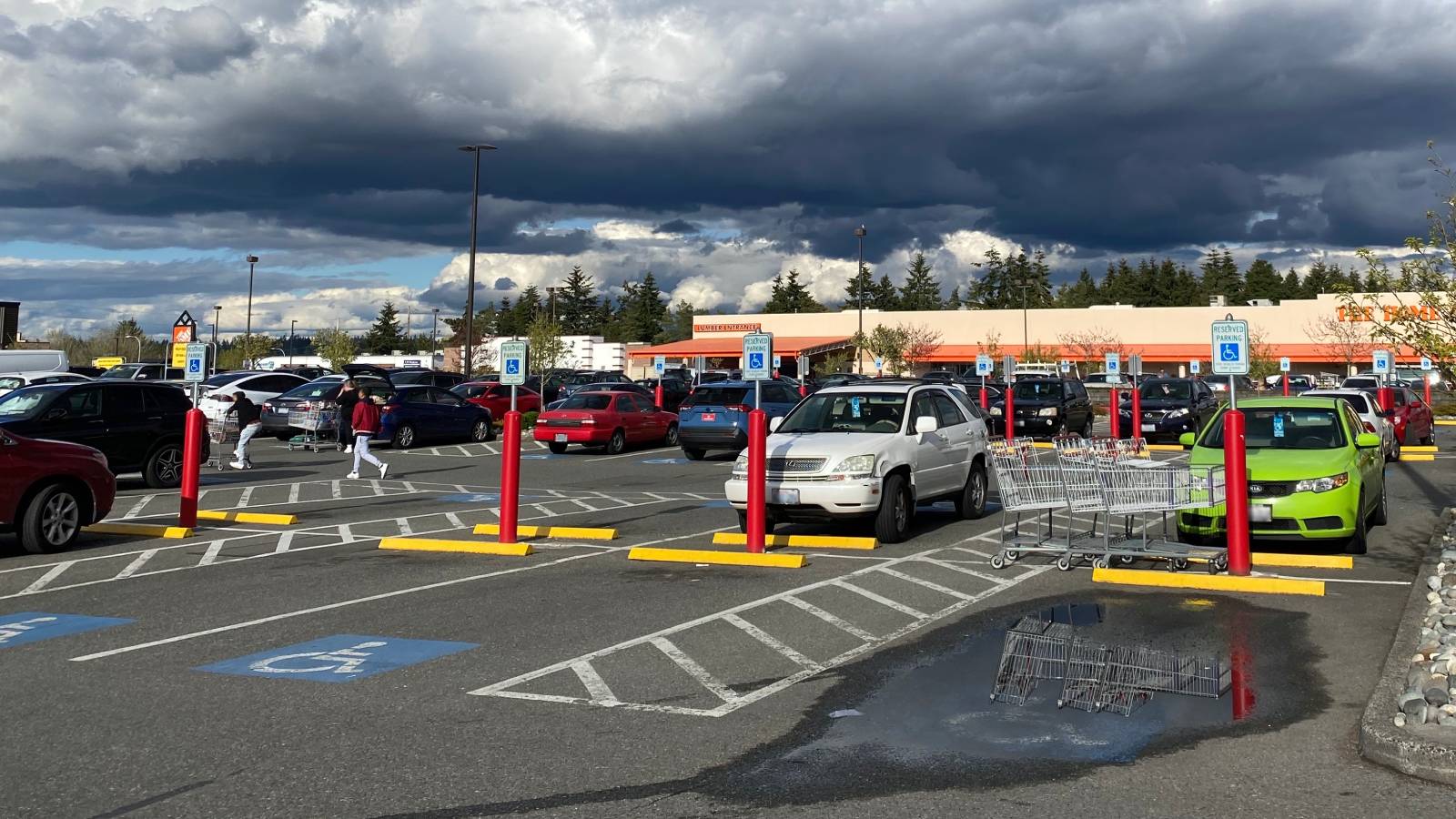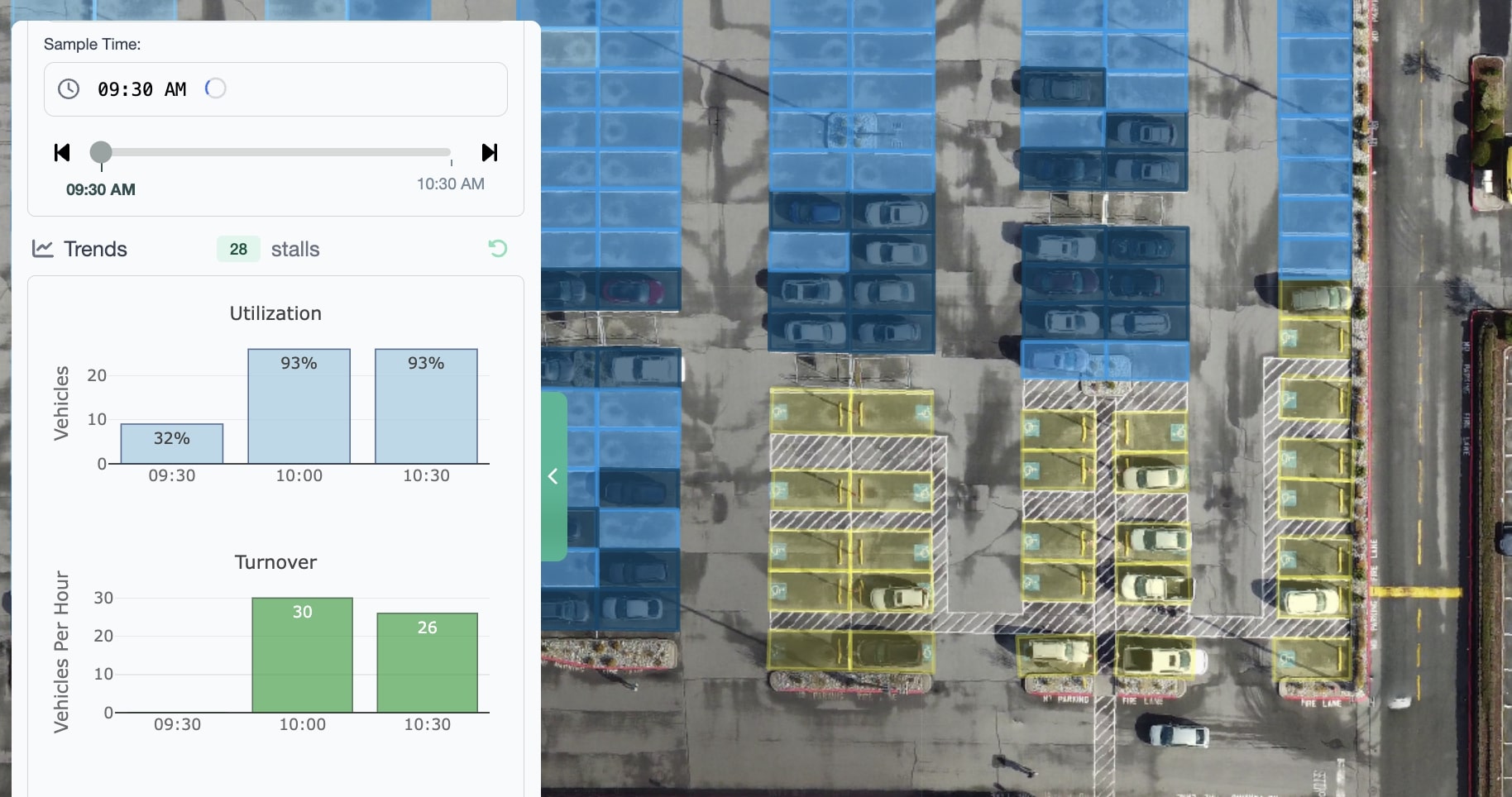You don't need drones to Provide Accessible Parking
But it helps
3 minute read
...or 30 seconds if you just watch the video
If my local big box store had only the bare minimum number of accessible parking stalls, then on the Tuesday morning presented below around 13 shoppers with accessibility needs would be shit out of luck. While tremendous progress has been made since the passage of the Americans with Disabilities Act (ADA) in 1990, it appears that the minimum requirement for accessible parking is inadequate in many cases. Therefore decisions around the availability of these more accessible but less space-efficient parking stalls now largely rests with the private sector.

How much accessible parking does a grocery store really need?
The ADA Standards for Accessible Design lays out the requirement that parking facilities with between 500 and 1000 spaces, have at least 2 accessible parking spaces per 100, with 1/6 of these being van accessible. For the big box store studied here, that number has been generously exceeded, with 28 total accessible stalls immediately adjacent to the store entrance. This is more than double the 13 required by the federal government; But as we discovered, it may not be enough.
How do you know if you have enough?
One option is to wait for complaints, resting on the knowledge that you meet or exceed legislated requirements. Alternatively, you can proactively assess utilization trends to discover when and how much accessible parking is really being used.

Parkalytics.com has a broad selection of data products to help our customers optimize, maintain, and re-imagine their parking facilities. Using just one of our data products, our customers can quickly assess the total utilization of their accessible spaces to determine when or if further changes need to be made, with the backing of solid data. The video above shows the end product, but let's break down the steps:
- Raw data is gathered efficiently by drone, without the need for a longer term investment in fixed infrastructure.
- We process the data to generate a variety of metrics. Most of our data products, including our utilization metrics are generated with the help of AI to reduce costs.
- Trends can be monitored to assess scale and timing of optimizations or any potential investments.
The data for this example was collected as an example to show the viability of our processes. A limited time window is not long enough to draw major conclusions about the availability and utilization of accessible parking spaces. The raw data from this study can be viewed here.